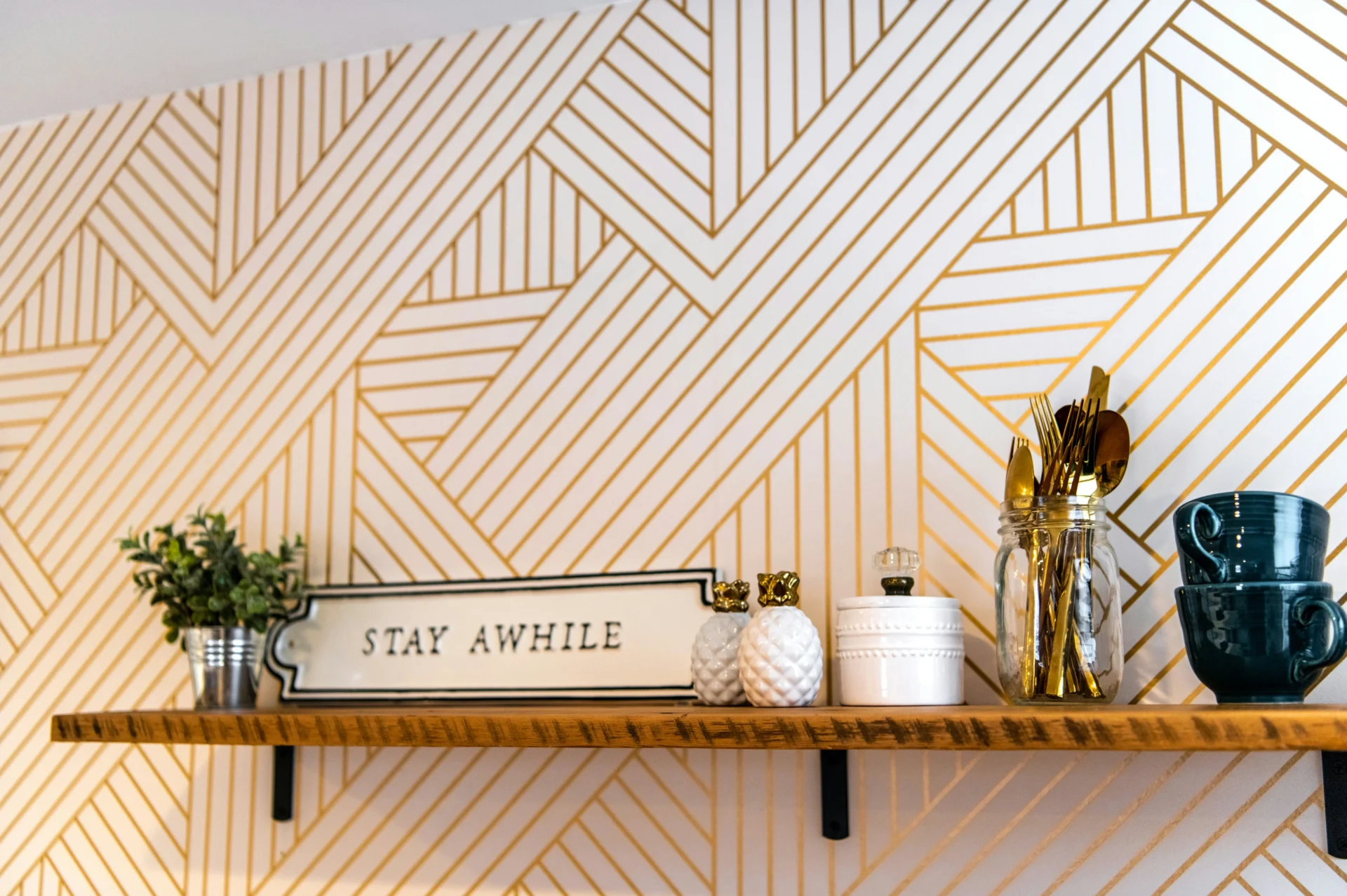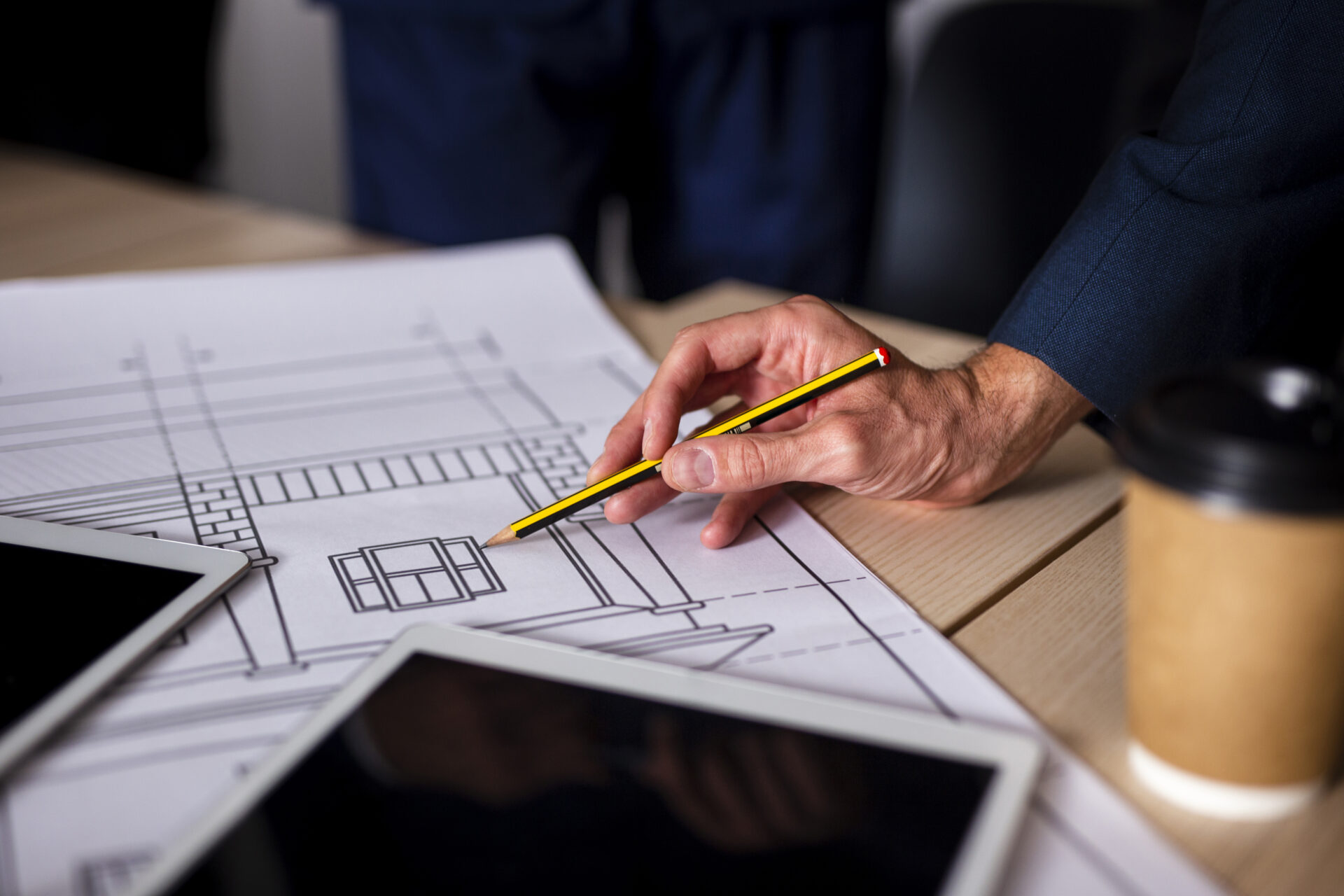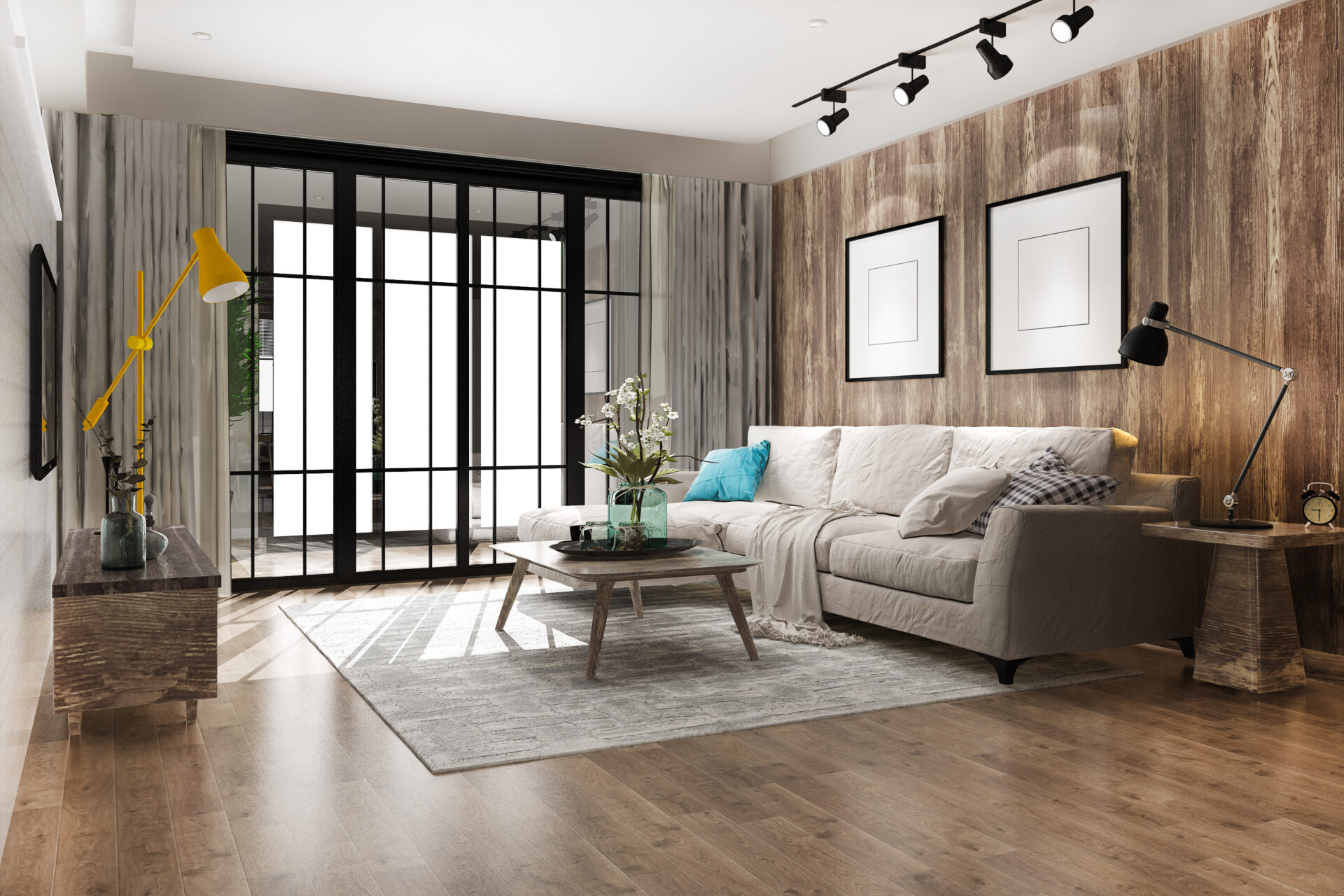
10 Ways to Enhance Home Air Purification Through Interior Architecture
Contact UsIntroduction
In today’s world, where air quality is a growing concern, the importance of home air purification has never been more evident. Interior architecture can play a pivotal role in enhancing air quality within our homes. This article explores how smart interior design and architectural choices can contribute to cleaner air, creating healthier and more comfortable living spaces.
1. Understanding the Importance of Air Quality in Homes
Indoor air quality is crucial for our health and well-being. Poor air quality can lead to various health issues, including allergies, asthma, and even long-term respiratory problems. By integrating air purification strategies into interior architecture, we can significantly improve the air we breathe daily.
2. Natural Ventilation: A Key Element
One of the most effective ways to purify home air is through natural ventilation. Strategic placement of windows, skylights, and other openings can facilitate the natural flow of air, reducing the accumulation of pollutants. Interior design can maximise this effect by ensuring clear pathways for air movement.
3. Plant-Based Purification Systems
Incorporating plants into interior design is not only aesthetically pleasing but also serves as a natural air purification system. Certain plants are known for their ability to filter out common airborne toxins, thereby improving indoor air quality. Creative integration of these plants can enhance both the look and the health of your home.
4. Material Choices That Improve Air Quality
The materials used in interior architecture can impact indoor air quality. Opting for natural, non-toxic materials like bamboo, cork, or low-VOC paints can reduce the presence of harmful chemicals in the air. It’s crucial to choose furnishings and finishes that support a healthy indoor environment.
5. Smart Home Systems for Air Quality Monitoring
Modern technology offers innovative solutions for home air purification. Smart home systems can monitor indoor air quality in real time, adjusting ventilation systems as needed to maintain optimal air conditions. Integrating these systems into your home’s design ensures a consistently healthy air environment.
6. Designing for Humidity Control
Controlling humidity levels is vital for air purification. Excessive moisture can lead to mold growth and a host of air quality issues. Interior architecture can address this through design elements like well-placed dehumidifiers or moisture-resistant materials in key areas.
7. Maximising Natural Light for Air Quality
Natural light not only enhances the aesthetic of a space but can also improve air quality. Sunlight helps reduce moisture and prevent mold growth, contributing to a healthier indoor air environment. Thoughtful placement of windows and reflective surfaces can maximise the benefits of natural light.
8. The Role of Advanced Filtration Systems
Integrating advanced air filtration systems into the home’s architecture is another effective strategy for purifying indoor air. These systems, ranging from HEPA filters to more advanced ionic and UV light purifiers, can be seamlessly incorporated into the home’s design, ensuring that the air remains clean without compromising the aesthetic integrity of the space.
9. Sustainable HVAC Solutions
Sustainable HVAC systems play a crucial role in maintaining good air quality. By choosing energy-efficient and well-designed heating, ventilation, and air conditioning systems, you can ensure a constant supply of fresh, filtered air, while also being mindful of your environmental impact.
10. Educating on Best Practices for Air Quality Maintenance
Finally, understanding and implementing best practices for maintaining air quality is essential. This includes regular cleaning, avoiding the use of harmful chemicals, and being mindful of the indoor-outdoor air exchange. Educating homeowners on these practices is a critical aspect of sustainable interior architecture.
Conclusion
Incorporating home air purification strategies into interior architecture is not just a trend; it’s a necessity for a healthier, more sustainable way of living. By understanding and implementing the principles outlined above, homeowners can significantly improve the air quality in their homes. From natural ventilation and plant-based systems to smart technology and sustainable materials, each element plays a vital role in creating a living space that is not only visually appealing but also promotes health and well-being.
Seeking expert guidance on integrating air purification into your home’s design? Contact Thomas Vooght for tailored solutions that enhance both the beauty and the breathability of your living spaces.




